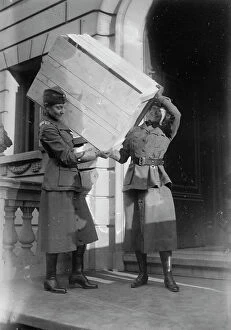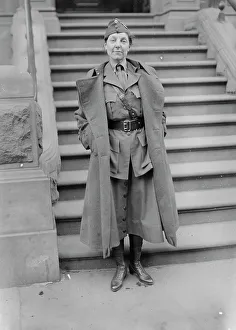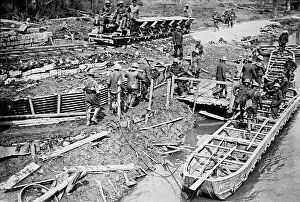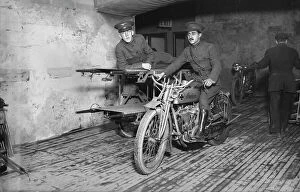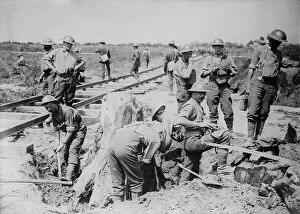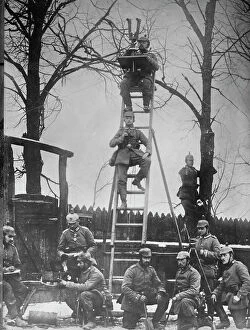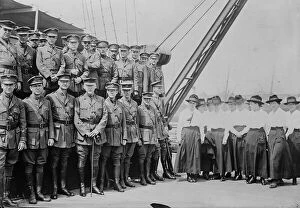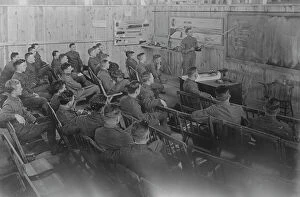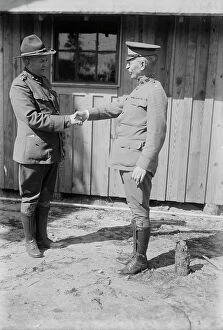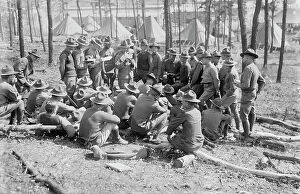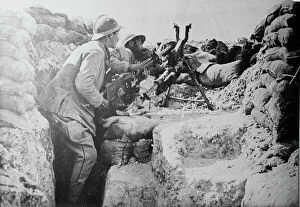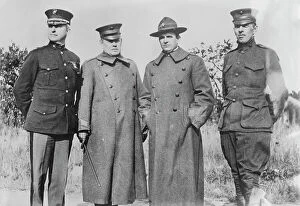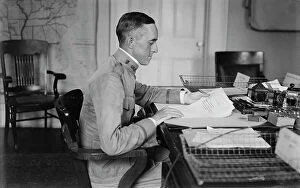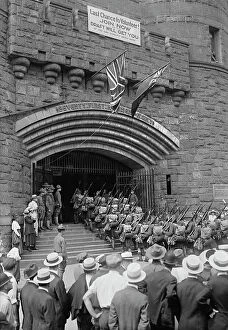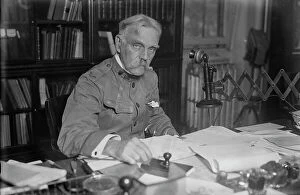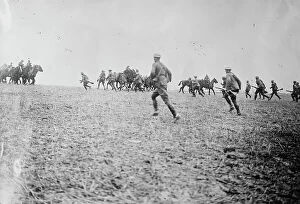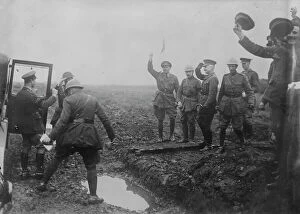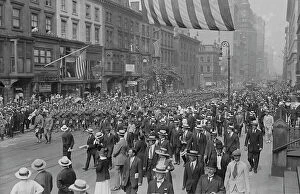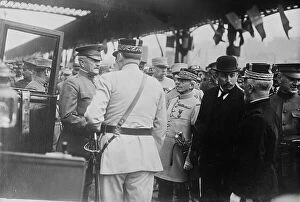Military Uniform Collection (page 4)
"The Military Uniform: A Symbol of Courage, Honor, and History" Throughout history, the military uniform has served as a powerful symbol of bravery, sacrifice
All Professionally Made to Order for Quick Shipping
"The Military Uniform: A Symbol of Courage, Honor, and History" Throughout history, the military uniform has served as a powerful symbol of bravery, sacrifice, and national pride. From the Last Stand of the 44th Regiment at Gundamuck during the Retreat from Kabul in 1841 to Scotland for Ever; the charge of the Scots Greys at Waterloo in 1815, these iconic moments have been immortalized through art and photography. One such masterpiece is "Scotland Forever" by Elizabeth Southerden Thompson. Painted on canvas in 1881, it captures the intensity and valor of Scottish soldiers charging into battle. The image evokes a sense of patriotism that resonates even today. In contrast to this historic scene is Queen Elizabeth II and the Duke of Edinburgh on their coronation day in Buckingham Palace back in 1953. Dressed immaculately in their military uniforms, they exude regal elegance while embodying a tradition that spans generations. The it also tells stories beyond warfare. In "Twixt Love and Duty" from 1914, we witness soldiers torn between love for their country and personal relationships during times of conflict. It reminds us that behind every uniform lies a human being with hopes and dreams. Artistic depictions aren't limited to battles or ceremonies alone; they can also be whimsical like "The King of Brobdingnag and Gulliver. " Published by Hannah Humphrey in 1803, it portrays an encounter between two vastly different worlds - one giant king clad in his majestic attire meeting a diminutive traveler. However, not all representations are light-hearted. James Gillray's satirical piece titled "A March to the Bank" from 1787 highlights corruption within society using military imagery as its backdrop. It serves as a reminder that power can sometimes be misused even within esteemed institutions. Moving forward through time brings us to Edward VIII's accession in 1936, captured in a black and white photograph.





